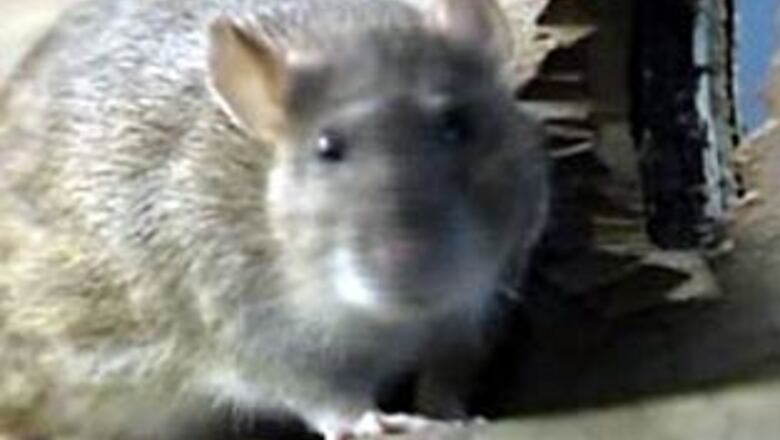
views
London: Botanists believe they have discovered one of the world's largest carnivorous plants in Southeast Asia.
The giant pitcher plants were located in Palawan, central Philippines by a team led by UK botanist Stewart McPherson.
The second largest species, now called Nepenthes attenboroughii has been named in honor of the UK's world-renowned natural history presenter Sir David Attenborough.
The new discovery measures about 30 centimeters in diameter and are formed in the shape of a large cup, which McPherson says is full of water and acidic enzymes.
Prey is attracted by a sweet-scented nectar and once captured in the cup is prevented from escaping by the slippery, waxy leaves and, as a consequence, drowns.
McPherson discovered over 20 new varieties of pitcher plant on the trip and made two rediscoveries.
Nepenthes deaniana was first discovered in 1907 but was subsequently lost when the Philippine National Herbarium in Manila was bombed towards the end of World War II.
McPherson and his team believe they have located the plant in the wild for the first time in over a hundred years.
The Nepenthes deaniana produces a spectacular, football-sized, red pitchers that are large enough to catch insects and small animals.
In many of the traps, the botanists found giant centipedes and 10 centimeter-long spiders.
The Botanical Society of America says that there are around 600 species of pitcher plants. Most familiar, perhaps, is the Venus Flytrap. But bigger species like the Nepenthes attenboroughii and the Nepenthes northaina are able to capture animals as large as rats, as can be clearly seen in the picture above.


















Comments
0 comment